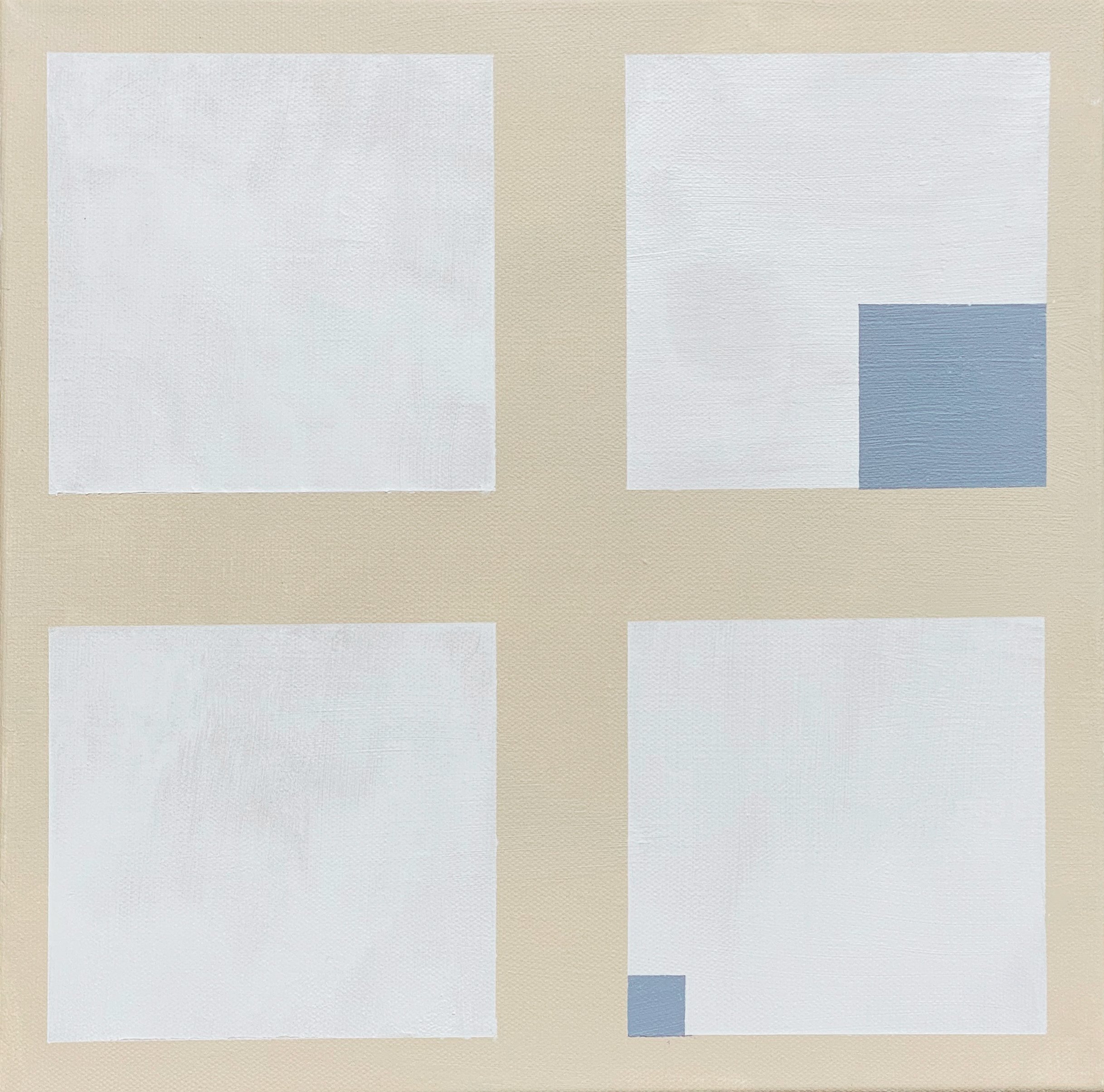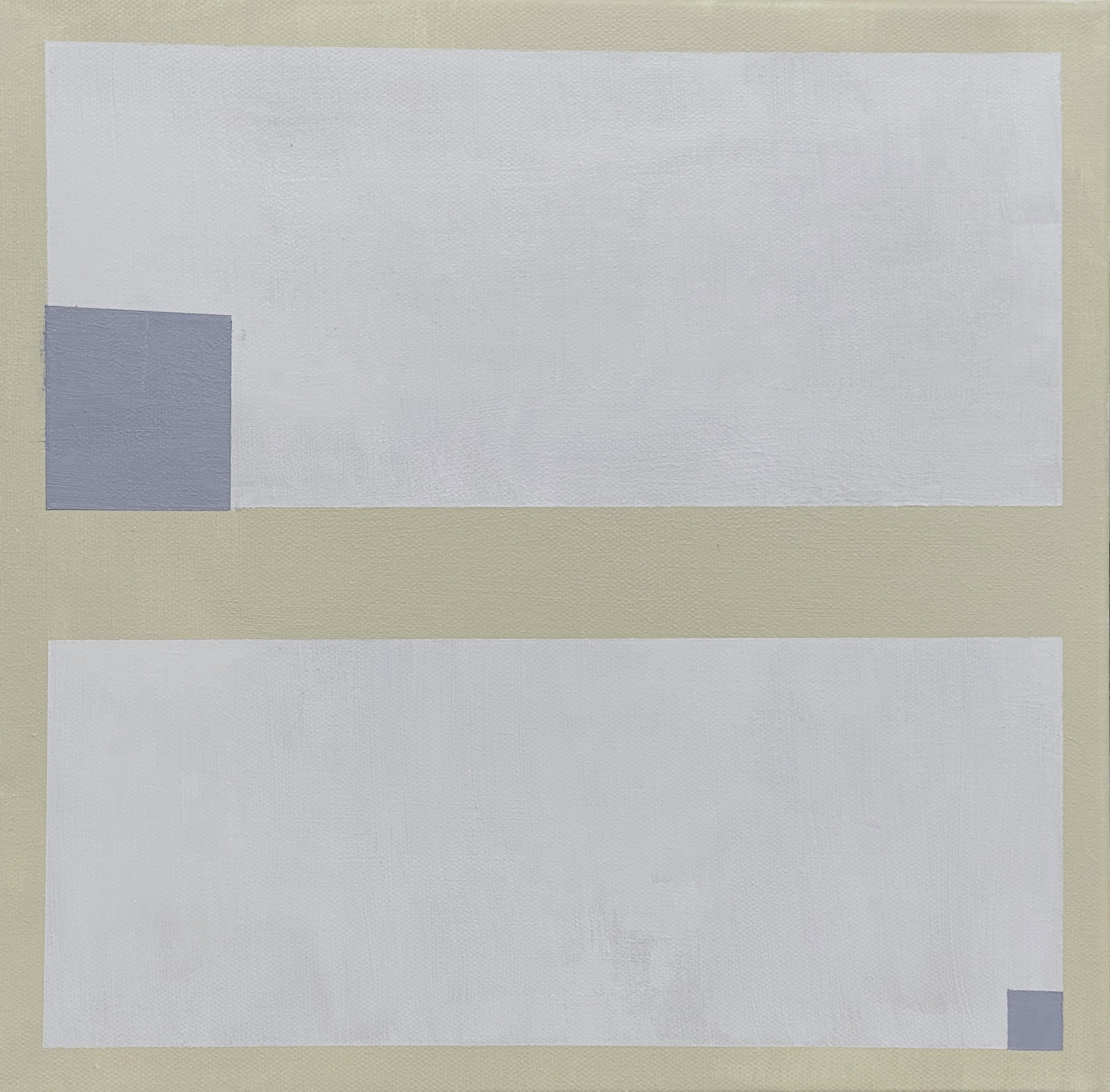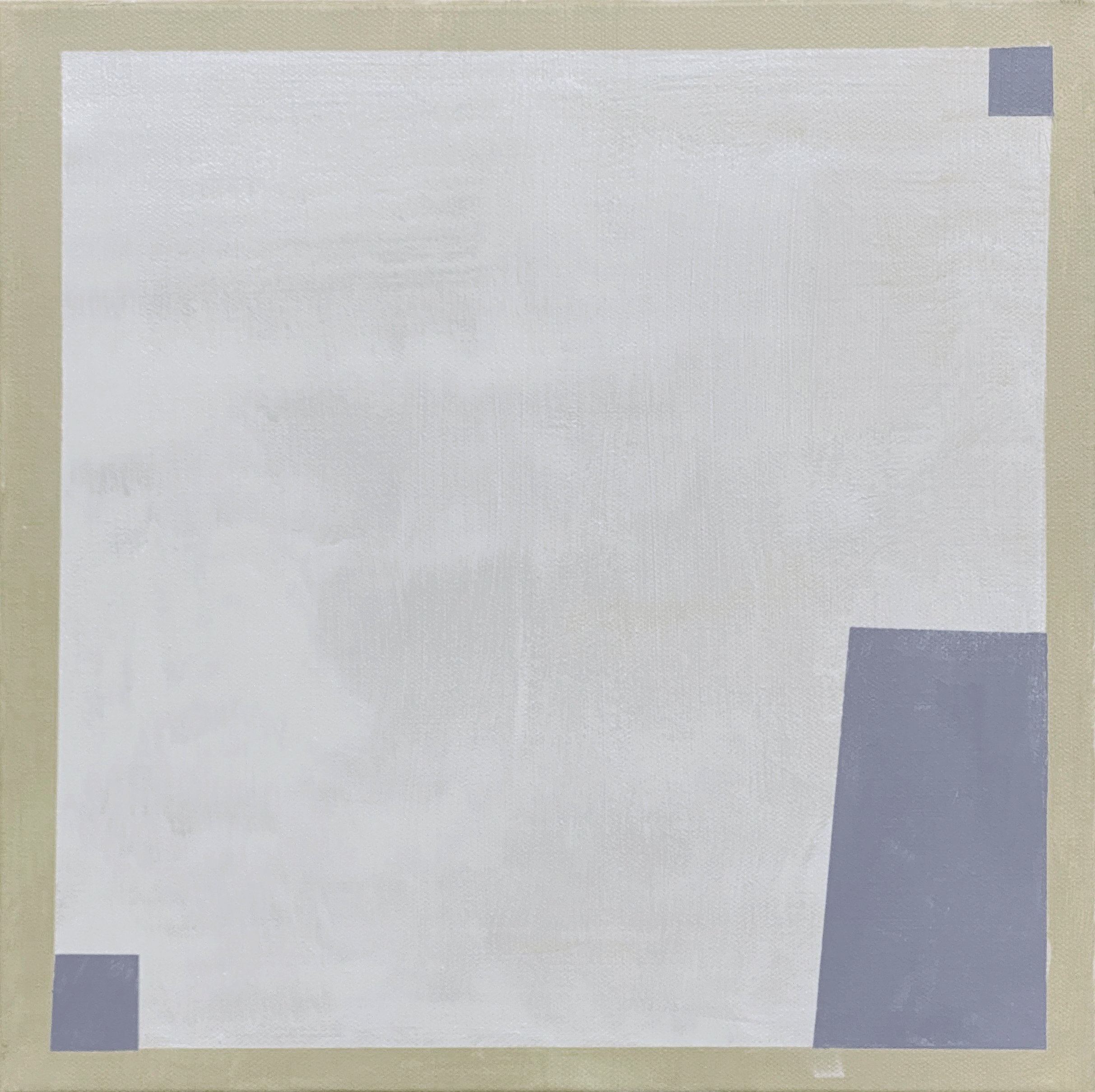ABOUT EVELINE LUPPI
Years of exploration with paint have led Eveline Luppi’s journey to create work that is technically challenging and visually inspiring to the viewer. Her work draws from the tradition of the Russian Constructivist Movement and Dutch Neoplasticism; her vocabulary is based on geometric techniques, where memory and experience are rendered as deeply structured space, full of passionate transitions and juxtapositions. The use of color is central to her work, evoking emotional states and bringing the viewer to a unified perception of the symbolic content.
Luppi was strongly influenced by the Dutch painter Mondrian: she was drawn to his painting Broadway Boogie Woogie with its rhythmic movements, colorful geometric forms, and overall structure. Its great title—referencing a lively dance on an energetic street in the center of Manhattan.
The artist’s dynamic is all about structure and form. It relates to architecture and design, drawing from history and from elements of today's multi-media world. Luppi employs the methodology of constructivism, utilizing both hard-edged and soft-edged line-work—sometimes alone, sometimes in tandem—to create works that readily relate to each other while awakening different sensitivities in the viewer. Her work is inspired by universal experiences: childhood, as evident in her colorful structural Treehouse paintings; the deep emotional spirit and psyche explored in the stark black and white Construction/Structure series; the meditative, reflective state evoked by the patterns and rhythms of her monochromatic White Sands Revisited.
Eveline Luppi’s work is both highly emotional and emblematic of the complexities of contemporary life. She is committed to self-discovery and makes her personal narrative accessible to the viewer. Luppi currently resides in both New York, and Rhode Island.
“All three [Grey Has Spoken, Grey Talk to Me, Grey Cubes Talking] play with small areas of grey paint, set upon larger fields of white paint, but mediated by borders and intersecting bands of dulcet greige natural canvas. All three were done in 2020.
I found it difficult to figure out which one I liked best, but in the end opted for "Grey Talk to Me." It has two grey squares on white fields, a bigger grey one up top and a tiny grey one below, talking to each other across a boundary of greige – sassy, witty and wise beyond any need at all to compare.”
Critique By Piri Halasz, New York Art Critic
2020 (An Appropriate Distance) From The Mayor's Doorstep, Issue No. 13, review by Piri Halasz, NYC



Grey Has Spoken (top), Grey Talk to Me (middle), Grey Cubes Talking (bottom)

